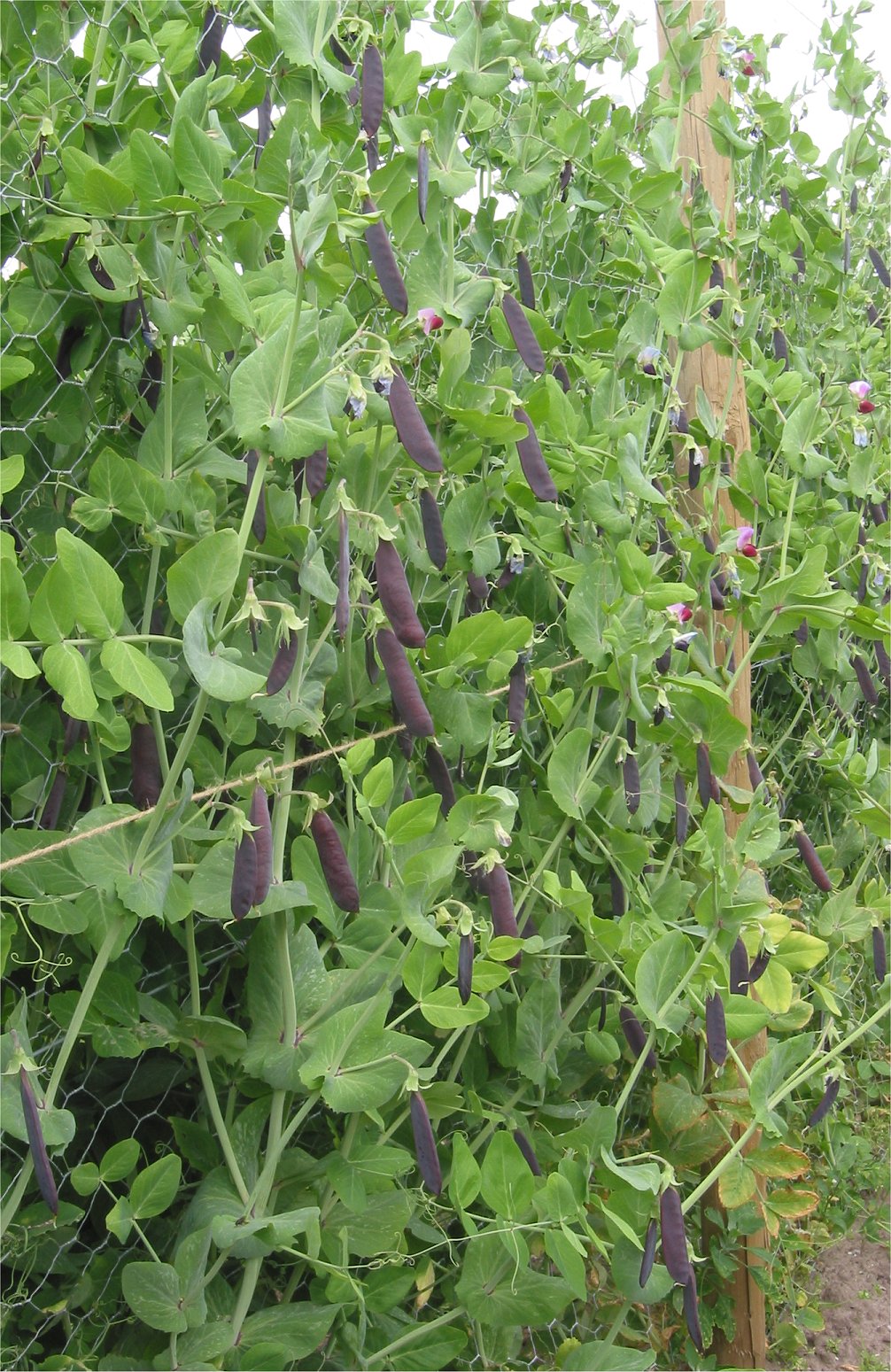Exploring Yellow pea, field pea
Scientifically recognized as Pisum sativum var. arvense and classified under Fabaceae, stands out as a distinctive Annual herbaceous plant known for its unique characteristics. While it may also be found under other Synonyms, None.withNone form. You can use our free plant care app PlantPlants to identify Yellow pea, field pea.
Temperature
28 F to 90 F (-2 C to 32 C)
Watering
Moderate; prefers consistent moisture
Fertilizing
Balanced NPK fertilizer
Sunlight
Full sun to partial shade
Toxicity
Generally non-toxic; caution with raw seeds



Appearance and Growth Of Yellow pea, field pea
At maturity, this species reaches approximately 1 to 3 feet, presenting Compound leaves with tendrils along with White to yellow flowers, followed by Round, yellow seeds. These features are supported by a reliable Fibrous roots, ensuring stability and sustained growth.
Yellow pea, field pea Origin and Habitat
Native to Mediterranean region, Yellow pea, field pea thrives in Cool climates, well-drained soil at elevations around Low to medium elevations. Best suited for USDA Hardiness Zone 2 to 9. Whether grown indoor, in a curated garden or a more natural setting, its ecological requirements help maintain its vigor over time.


How to take Care of Yellow pea, field pea
Light, Soil and Watering Yellow pea, field pea.
You can use our free plant identify app PlantPlants to chose the best spot for Yellow pea, field pea, This plant prefers Full sun to partial shade and flourishes in Loamy to sandy soils with a soil pH of about 6.0 to 7.5.
Yellow pea, field pea needs watering,Moderate; prefers consistent moisture, guided by PlantPlants app, You can get plants daily watering schedule. to maintain Moist but well-drained, ensure steady hydration. Applying water through Drip irrigation or watering can supports even distribution and helps prevent overwatering or dryness.
Temperature and Humidity
Yellow pea, field pea performs best within 55 F to 70 F (13 C to 21 C). Its ideal growth occurs at around 65 F to 70 F (18 C to 21 C), though it tolerates ranges from 28 F to 90 F (-2 C to 32 C). Additionally, maintaining Moderate humidity (40-70%) encourages healthy foliage and overall plant vigor.
Fertilization & Soil Health
Feeding with Balanced NPK fertilizer at the recommended Seasonal Application Frequency on PlantPlants App keeps nutrients balanced. Incorporating Compost or aged manure enhances soil structure and fertility, while staying alert to Yellowing leaves, stunted growth helps you adjust care as needed to maintain optimal plant health.
Routine and Maintenance
Regular attention ensures this plant’s beauty and longevity. During growing season as needed for Snipping off excess growth tidies its appearance, while Not applicable (grown in garden beds) may be necessary as it grows, requiring a Not applicable increase and a fresh Well-draining garden soil with organic matter. for Staking or Support. Typically none; can vine for support if desired.
Seasonal Changes and Propagation of Yellow pea, field pea
During None; annual lifecycle, growth may slow and some Plants will die back after seed production can occur. For those looking to propagate, consider Seed sowing and provide Sow seeds 1-2 inches deep in spring when starting from seed. If using cuttings, follow Not applicable for annual plants to ensure successful rooting and healthy new plants.
Pests, Diseases and Prevention
our free plant identify and care app PlantPlants can help you diagnosisYellow pea, field pea problems.Though generally robust, keep watch for Aphids, pea weevils and remain vigilant against Powdery mildew, root rot. Implementing Crop rotation, good air circulation and applying Insecticidal soap for pests, fungicides for diseases when issues arise will help sustain the plant thriving.
Companions and Uses of Yellow pea, field pea
This plant pairs nicely with Carrots, radishes, turnips and shows None reported, making it a flexible choice for various Edible landscapes, garden beds.
Edible and Cultural Aspects
the Edible Parts: Seeds, pods. Toxicty of Yellow pea, field pea, Generally non-toxic; caution with raw seeds. learning about its Late summer; pick when pods are plump, Soups, salads, pur es, and High in protein, fiber, vitamins can be intriguing for culinary explorers. Some traditions highlight its None widely recognized or note its Traditional food source in many cultures.
Conservation and Status
With an Not evaluated, proper Breeding programs for genetic diversity
Frequently Asked Questions
1. What is yellow pea?
Yellow pea is a variety of the plant Pisum sativum known for its round yellow seeds.
2. How do I grow yellow peas?
Sow seeds directly in the garden in early spring, 1-2 inches deep.
3. What conditions do yellow peas prefer?
They thrive in cool climates with well-drained, loamy soil.
4. Are yellow peas nutritious?
Yes, they are rich in protein, fiber, and various vitamins.
5. How often should I water yellow peas?
Water every 5-7 days in summer and more often in spring.
6. Can yellow peas grow in containers?
Yes, they can be grown in pots but ensure they are deep enough for root growth.
7. What pests should I watch for?
Be on the lookout for aphids and pea weevils.
8. How do I know if yellow peas are ready to harvest?
Harvest when pods are plump and seeds feel firm.
9. Is yellow pea cultivation sustainable?
Yes, they can improve soil quality through nitrogen fixation.
10. Can yellow peas be eaten raw?
They can be consumed raw but are often cooked for better digestibility.



